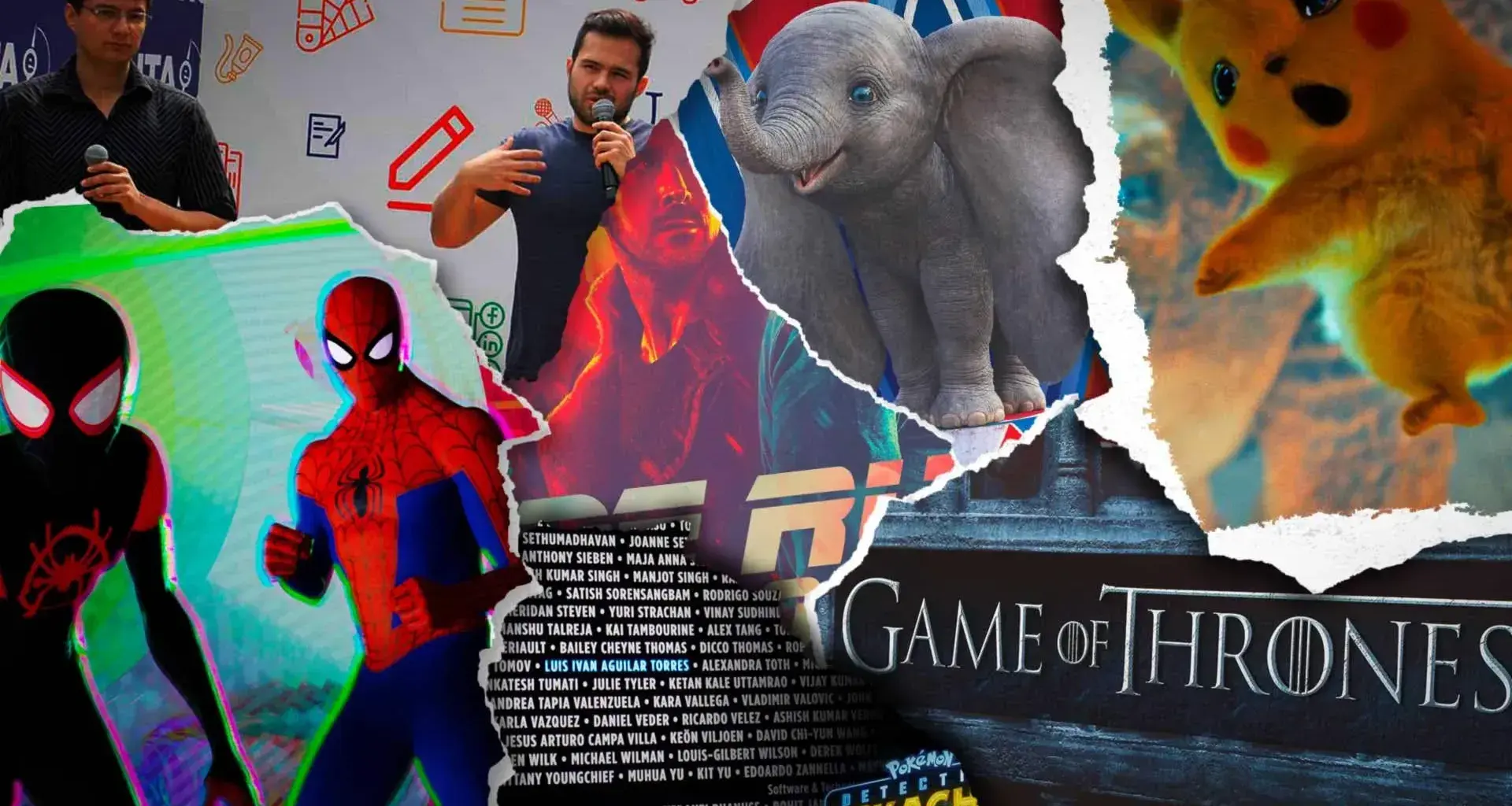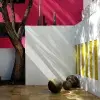What do the acclaimed series Game of Thrones, the Oscar-winning animated movie Spiderman: Into the Spider-Verse, and cinematic productions such as Justice League or POKEMON: Detective Pikachu have in common?
The answer is that all of them bear the names of young Mexicans in their credits, as these people helped create their visual and animation effects.
They work in countries such as Canada, France, the UK, and the US for visual effects and animation production houses that are hired by the big studios to work on the production of their movies.
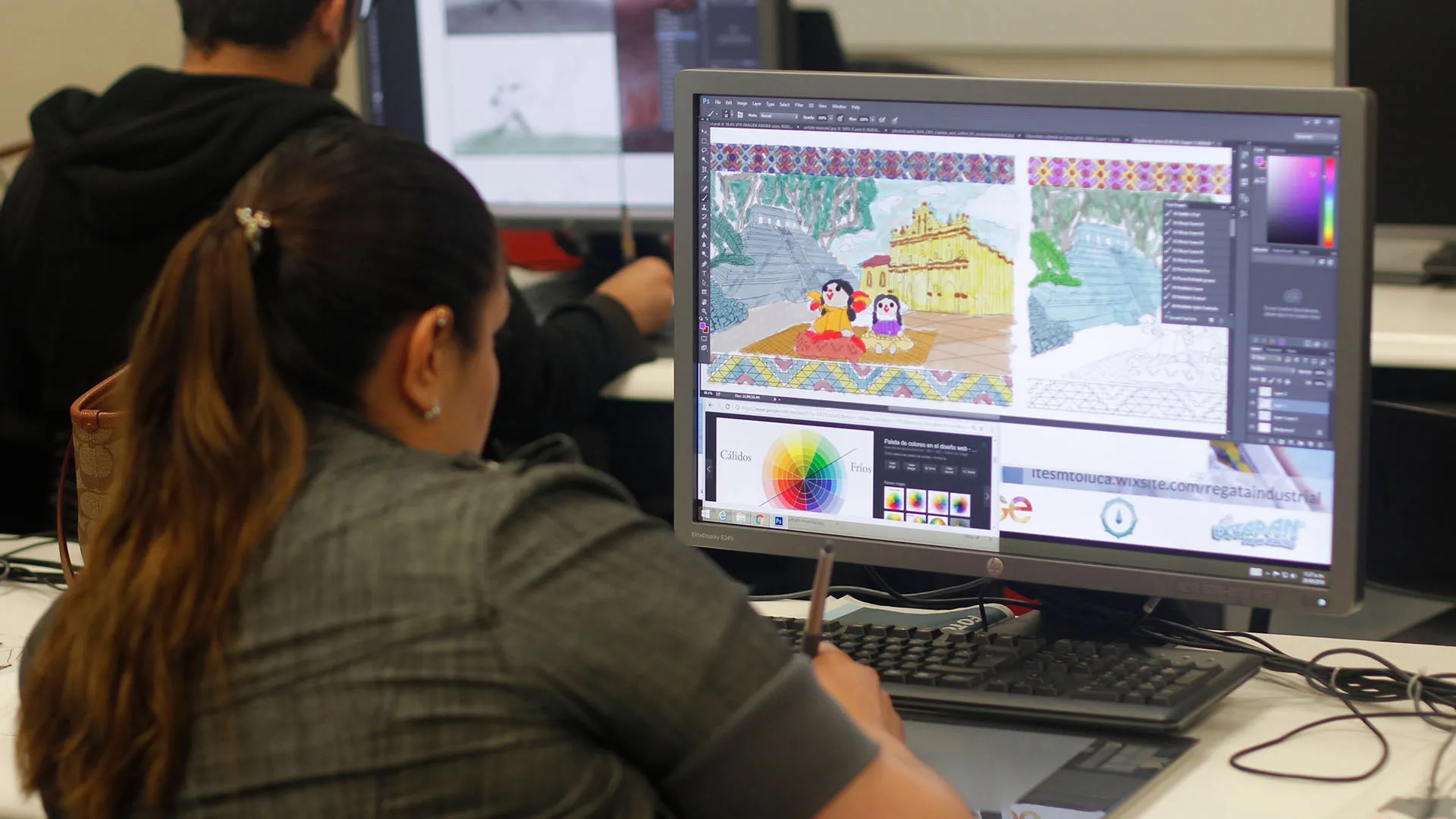
Rodrigo Cázares, academy manager for Technicolor, a company that has worked on animation and visual effects for big movie productions through its studios in several countries, talks about how it’s becoming more common to find young Mexicans in this industry.
“More Mexicans keep arriving with a thirst to demonstrate their talent. They come to work with a smile because they know they’re fulfilling their dreams. They started studying in Mexico and now they’re working on movies. It’s really satisfying to see,” he said.
What’s more, he said that many of these Mexican digital artists are Tec de Monterrey graduates.
“There are well-positioned people working in cities such as London, Paris, or Vancouver, above all Tec graduates, in lighting departments and the 3D VMP Environment, as well as on the composition side and even as supervisors,” he said.
MEXICAN TALENT EXPORTED!
Ivel Hernández, who currently lives in Vancouver, is a specialist in visual effects for The Moving Picture Company (MPC). She told CONECTA that Mexican digital artists are coming to this industry with a clear vision: getting noticed.
“I think we seize the opportunity (to enter the international industry) and we don’t let go until we’ve really got a good future in this,” said the graduate of the Bachelor’s Degree in Animation and Digital Art (LAD) at the Tec’s Mexico City campus, who has worked on productions such as POKEMON: Detective Pikachu, Justice League, and Maleficent 2.
Working in the lighting department of the same company are Mitzy Agüero and Luis Aguilar, both graduates of the same course at the Tec’s Monterrey campus.
Agüero emphasized the willingness of other Mexicans to help each other out and support those joining production companies.
“I’ve happened to work with other Mexicans in the Vancouver studio who’ve helped me grow in this industry. They’re people who’ve been here for years and I’ve grown very attached to them.
“It makes me proud to know that there many people like me who are chasing their dreams, Mexican people in the same environment as me who really pour themselves into their work,” she said.

Aguilar also said that Mexicans working in the entertainment industry on mega productions are putting Mexico on the map.
“You feel satisfied that what they’re teaching in Mexico is working, because more Mexicans are coming into the industry.
“You find Mexicans everywhere, in all the departments, there’s always someone who speaks Spanish,” said the Tec graduate.
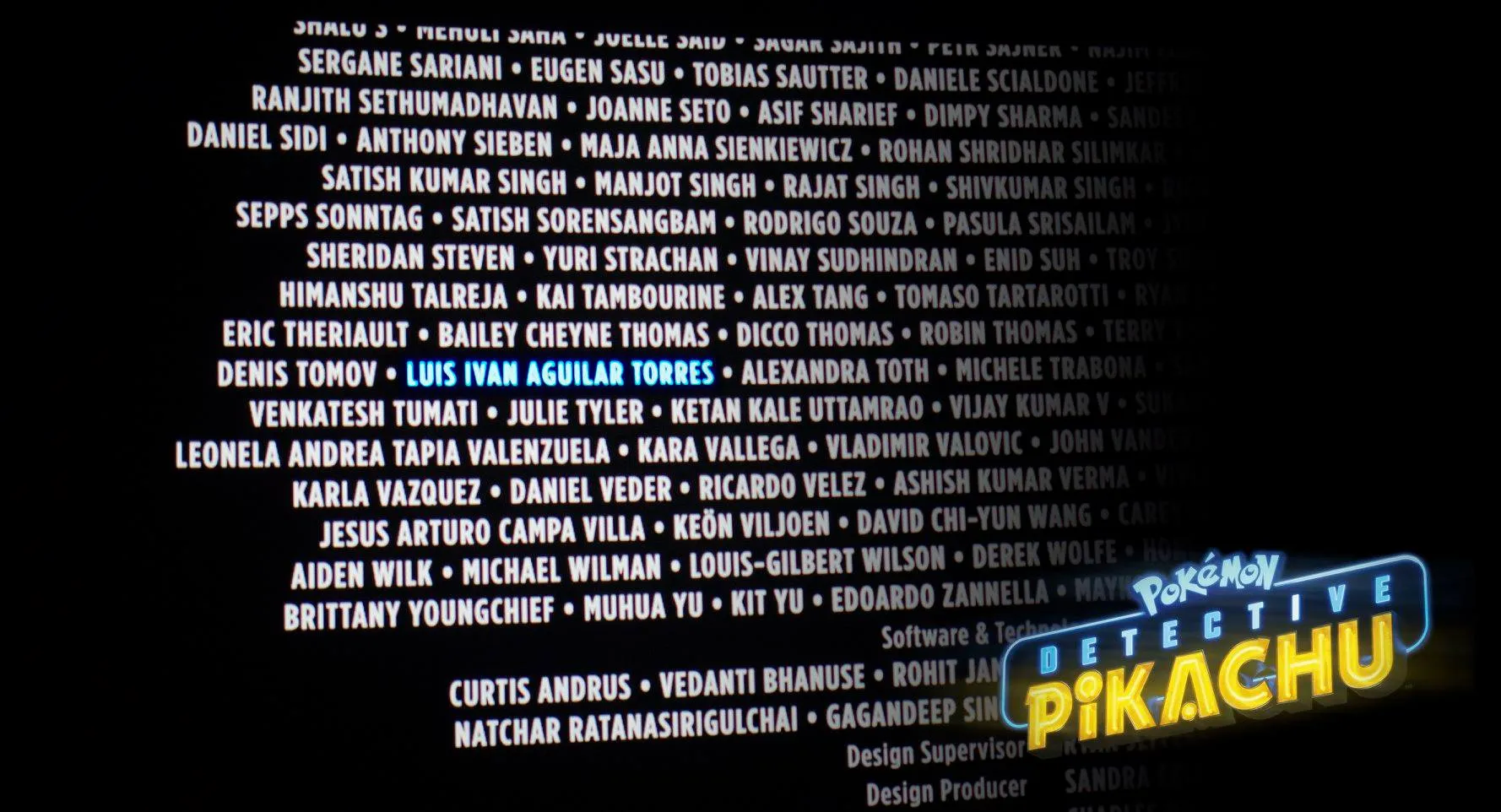
GAINING GROUND IN THE INDUSTRY
Rodrigo Cázares at Technicolor says that Mexican digital artists who want to enter the international entertainment industry have to meet up to production house expectations.
“(What they’re looking for) are technical skills, such as using advanced software tools and technical knowledge, combined with soft skills like speaking English, teamwork, modesty, and respect for the other people who work here.
“These are skills taught at universities, at home, and through work experience,” he added.
Roberto Íñiguez, Dean of the Tec’s School of Architecture, Art and Design, emphasized that Tec de Monterrey believes it’s important to provide a strong foundation for students on the Bachelor’s Degree in Animation and Digital Art.
“This allows them to be very versatile, to understand everything involved in a production and how the industry works, so they can find their own opportunities to join once they’ve decided what to specialize in,” he said.
“We also try to develop this idea of creativity and leadership. We call it creative leadership, which is a way of making things happen. They have to be able to solve problems and produce,” he added.
Proof of this are René Allegretti and Edén Muñoz, graduates from the first year of LAD, who returned to Monterrey after having gained experience in Canada and set up the company Pixel Perfect VFX, which has also served as a platform for Mexican digital artists abroad.
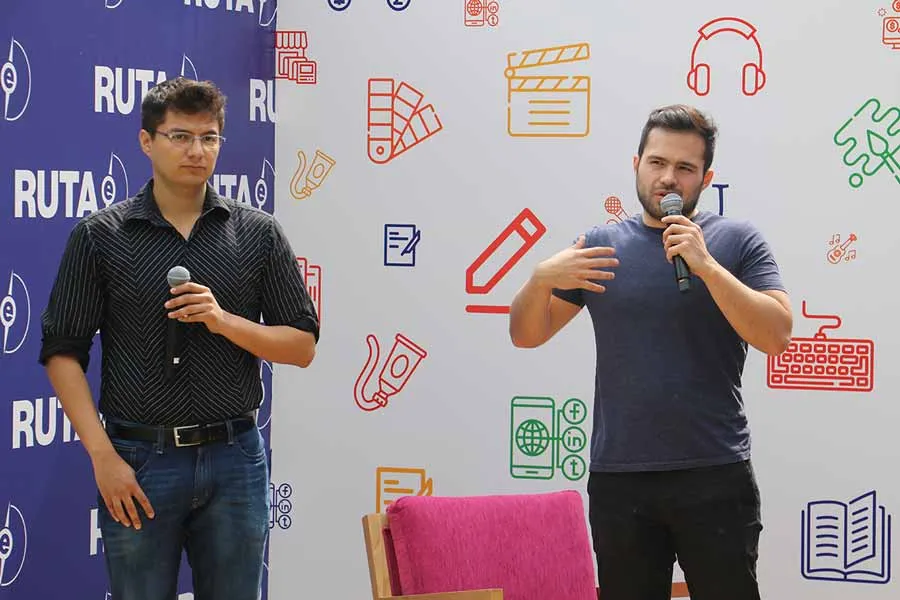
The Tec graduates, who worked at Rodeo FX and Image Engine studios on productions such as Deadpool or Game of Thrones, forged ties with production houses such as Cinesite, Ollin VFX, MPC, and Rodeo FX so that Mexican artists could collaborate with them in Canada or from Mexico remotely.
“We’ve sent 4 of our students and 2 more are going this month. They want to hire Mexican digital artists in Canada because they’re not only talented but also committed and hardworking,” said Allegretti.
For Óscar Kai, Northern Region Director for the Art Department of the Tec de Monterrey School of Architecture, Art and Design, this means that because of the talent that young Mexicans have already demonstrated in the animation and special effects industry, they can aspire to holding higher positions.
“Mexicans are talented and pay attention to detail. They’re working on big productions because of their talent, but they haven’t yet reached managerial positions. I’m sure that we’ll be seeing Mexicans in managerial positions in 4 or 5 years.
“Right now, we see them in 6 lines (on the credits) with all the people who are creating special effects. I’m going to be really proud when we see them on one line, with one or two other people, in a managerial position,” said Kai.
READ MORE NEWS AT CONECTA:

